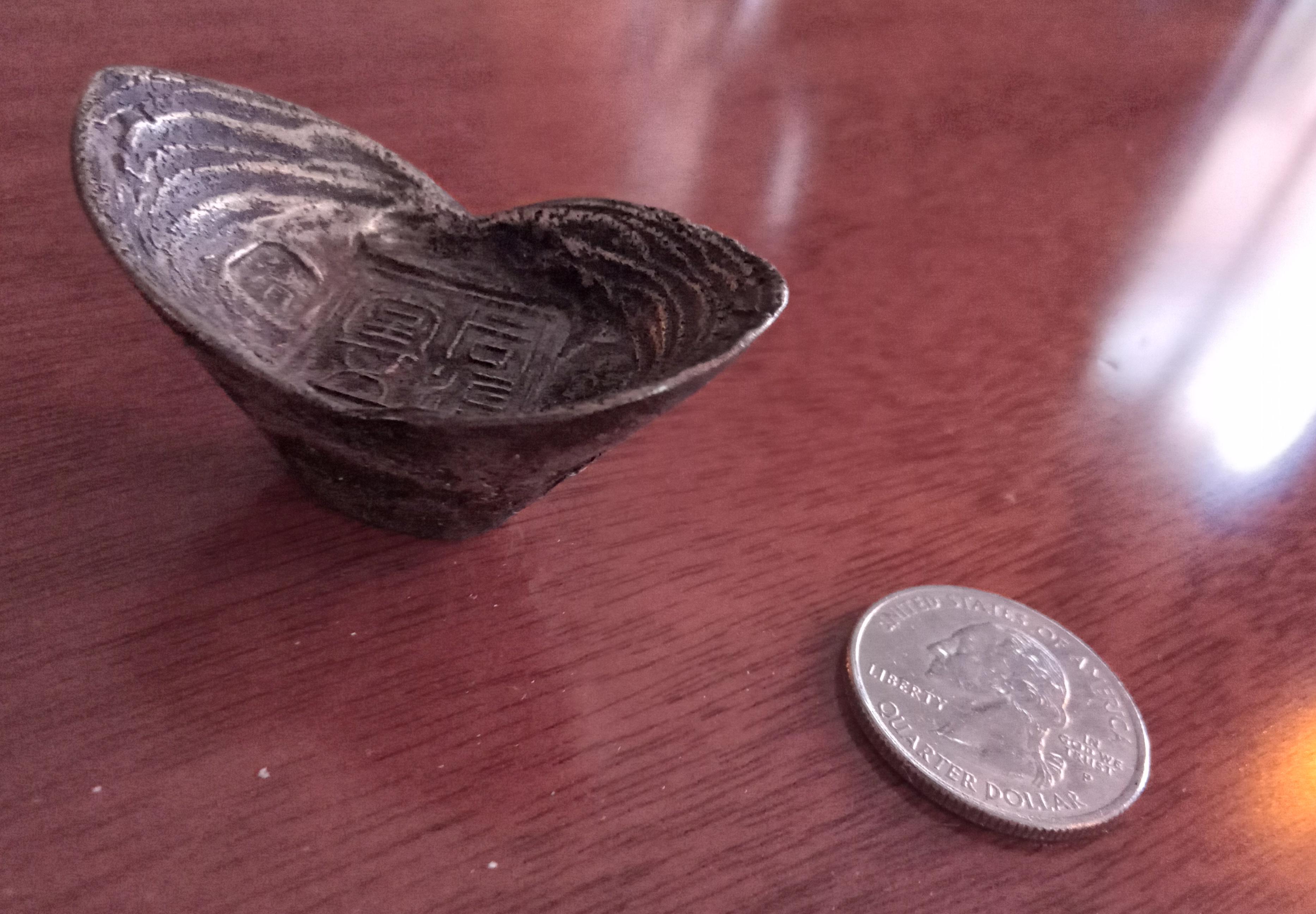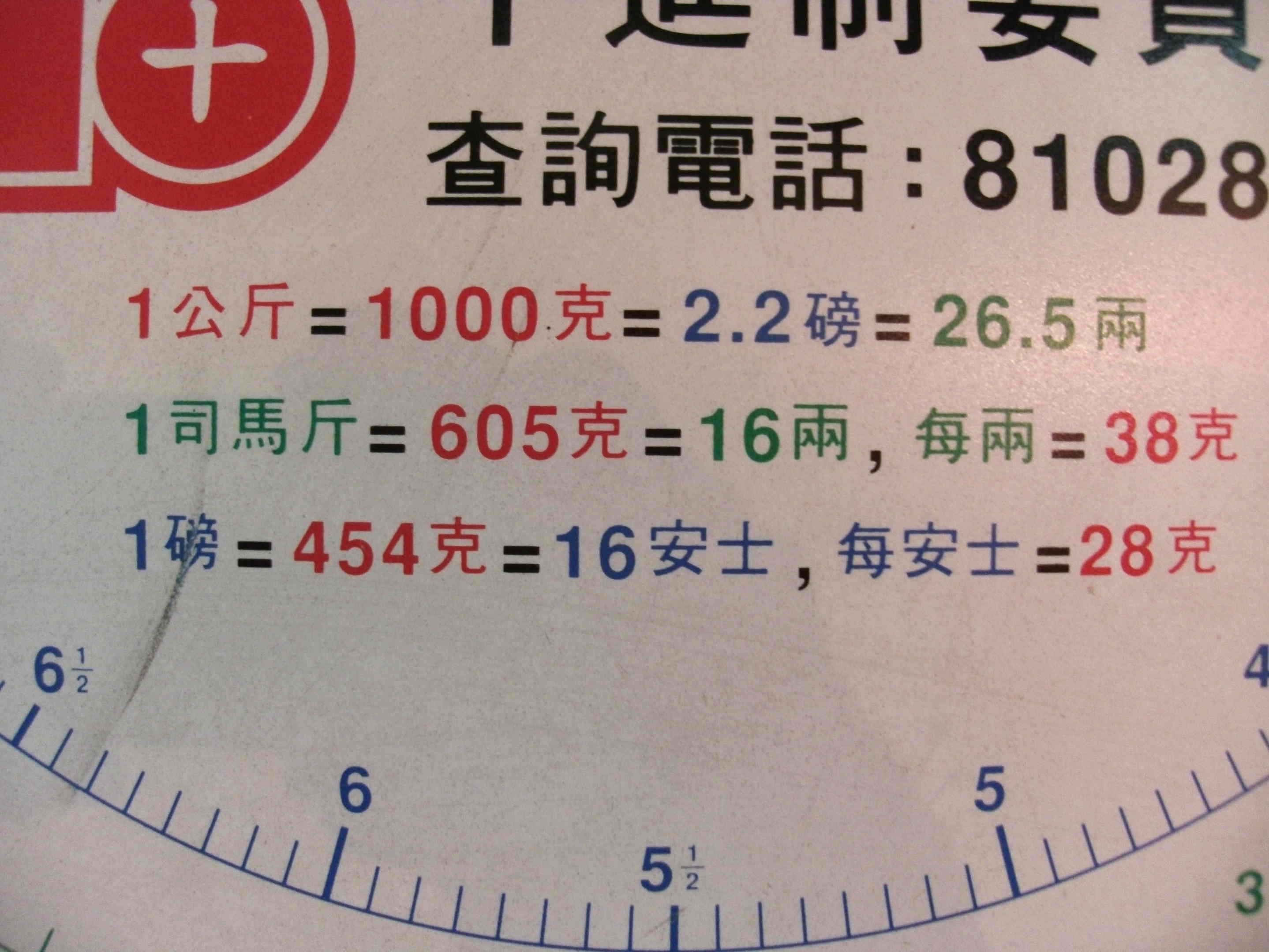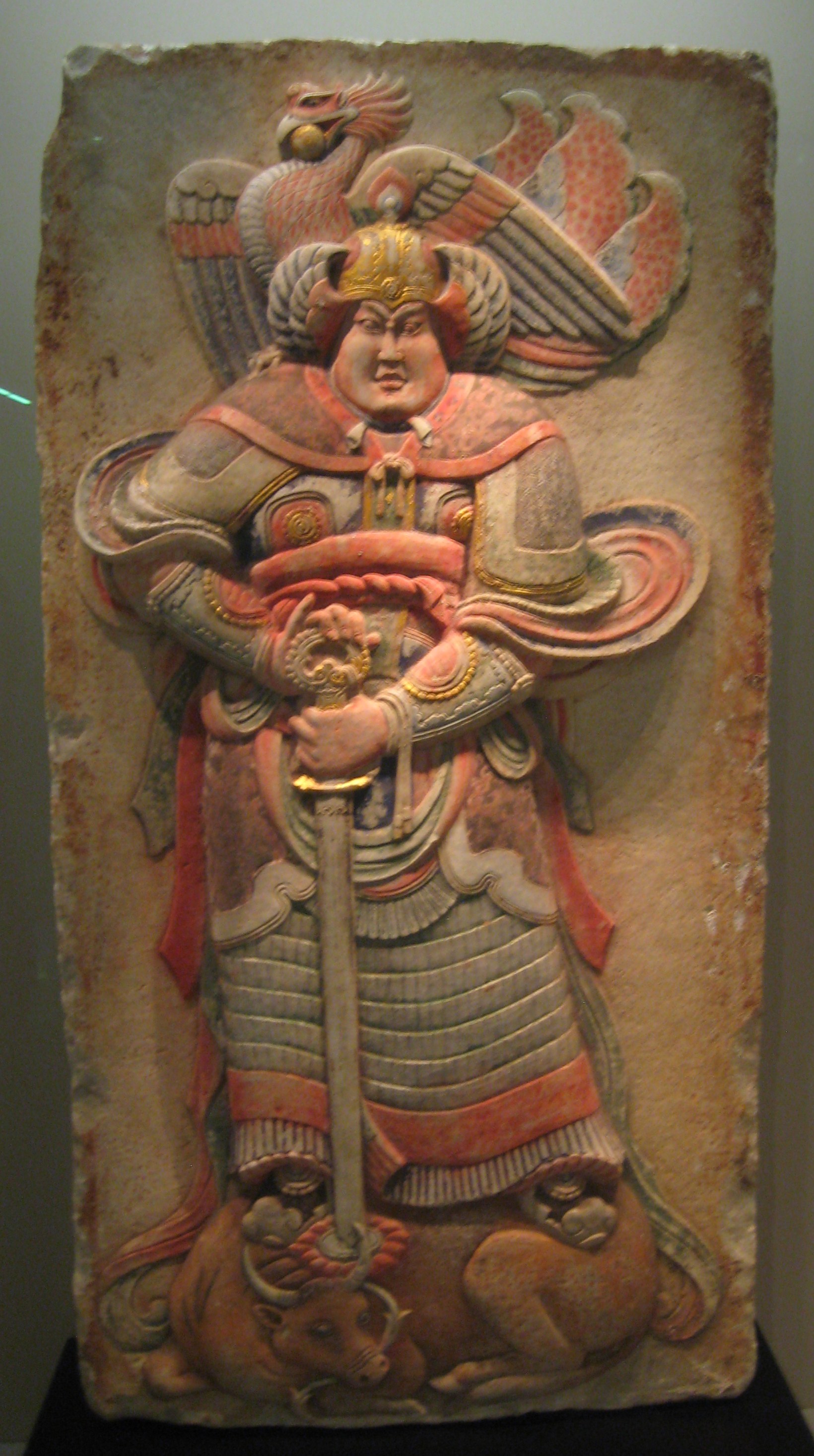|
Liang Guanying
Liang may refer to: Chinese history * Liang (state) (梁) (8th century BC – 641 BC), a Spring and Autumn period state * Wei (state) (403–225 BC), a Warring States period state, also known as Liang (梁) after moving its capital to Daliang ** Kaifeng, a city formerly known as Daliang (大梁) ** Liang (realm) (梁), a fief held by various princes under imperial China * Liang (Han dynasty kingdom) (梁), a kingdom/principality in the Han dynasty * Liang Province (涼州), an administrative division in ancient China covering present-day Gansu, Ningxia, and parts of Qinghai, Xinjiang, and Inner Mongolia * Former Liang (涼) (320–376), one of the Sixteen Kingdoms * Later Liang (Sixteen Kingdoms) (涼) (386–403), one of the Sixteen Kingdoms * Southern Liang (Sixteen Kingdoms) (涼) (397–414), one of the Sixteen Kingdoms * Northern Liang (涼) (397–439), one of the Sixteen Kingdoms * Western Liang (Sixteen Kingdoms) (涼) (400–421), one of the Sixteen Kingdoms * Liang dyn ... [...More Info...] [...Related Items...] OR: [Wikipedia] [Google] [Baidu] |
Liang (state)
Liang () was one of the State (Ancient China), states during the Spring and Autumn period of ancient China, bordering the State of Qin, which collapsed due to internal strife and was later annexed by Duke Mu of Qin in 641 BCE. The rulers of Liang had the surname Ying (嬴).Yang Bojun, "Zuo Zhuan 17th Year of Xigong", Zhonghua Publishing 1990, p372 The capital of Liang was located south of modern Hancheng, Shaanxi, City of Hancheng in Shaanxi. In 703 BC, the rulers of the five states of Western Guo, Rui (state), Rui, Xun (state), Xun (荀國) and Jia (state), Jia (賈國), including the State of Liang, suppressed Duke Wu of Jin, Duke Wu of Quwo using armed force. In 654 BC, Duke Hui of Jin, Prince Yiwu from the Jin (Chinese state), State of Jin escaped to Liang. The ruler of Liang (梁伯) betrothed his daughter Liang Ying (梁嬴) to Prince Yiwu. In 642 BC, the ruler of Liang wanted to build a new capital but it was seized by the State of Qin after it was completed. In 641 BC, ... [...More Info...] [...Related Items...] OR: [Wikipedia] [Google] [Baidu] |
Xiao Xian
Xiao Xian (蕭銑) (583–621) was a descendant of the imperial house of the Chinese Liang dynasty, who rose against the rule of the Sui dynasty toward the end of the rule of Emperor Yang of Sui. He tried to revive Liang, and for several years appeared to be successful in doing so, as he, with his capital at Jiangling, ruled over a state that included most of modern Hubei, Hunan, Guangxi, and northern Vietnam. In 621, however, under an attack by the Tang dynasty generals Li Jing and Li Xiaogong, he, not realizing that relief forces were approaching Jiangling, surrendered. He was subsequently taken to the Tang capital Chang'an, where Emperor Gaozu of Tang executed him. Background Xiao Xian was a great-grandson of Emperor Xuan of Western Liang, a vassal of Western Wei and Northern Zhou, who claimed Liang imperial title under the support from those states with his capital at Jiangling. His throne passed for two more generations, to Emperor Jing (Xiao Cong), until it was ... [...More Info...] [...Related Items...] OR: [Wikipedia] [Google] [Baidu] |
Tael
Tael ( ),"Tael" entry at the . or liang, also known as the tahil and by other names, can refer to any one of several measures used in and . It usually refer ... [...More Info...] [...Related Items...] OR: [Wikipedia] [Google] [Baidu] |
Liang (mass)
Liang ( zh, s=两 , t=兩 , p=liǎng), or ''leung'' in Cantonese, also called "Chinese ounce" or "tael", is a traditional Chinese unit for weight measurement. It originated in China before being introduced to neighboring countries in East and Southeast Asia. Nowaday, the mass of 1 ''liang'' equals 1/10 jin (mass), ''jin'' or 50 grams in mainland China, 37.5 grams in Taiwan, Korea and Thailand, 37.799 grams in Hong Kong, Singapore and Malaysia, and 37.8 grams in Vietnam. ''Liang'' is mostly used in the traditional markets, and famous for measuring gold, silver and Chinese medicines.No. 180 pages 311 to 312 China Mainland Chinese mass units promulgated in 1915 On 7 January 1915, the Beiyang government promulgated a measurement law to use not only metric system as the standard but also a set of Chinese-style measures based directly on the Qing dynasty definitions (). where ''liang'' is the base unit equal to 37.301 grams. Mass units in the Republic of China since 1930 O ... [...More Info...] [...Related Items...] OR: [Wikipedia] [Google] [Baidu] |
Lian (surname)
Lian/Lien (wiktionary:連, 連/wiktionary:连, 连), (wiktionary:廉, 廉) is a Chinese language, Chinese surname. Origin 連 The Chinese Lian (wiktionary:連, 連) family originated from the Gaoxin (高辛) family, Lianao (連敖) of Chu (state), and the Qi (state)#House of Jiang, Jiang (姜) family of Qi (state). Also, it was founded from various public offices of the Zhou dynasty period and the public offices of the Han dynasty period. Later, another Lian (連) family was founded from the Xiongnu people, the Xianbei people, and the Manchu people. 廉 The Chinese Lian (wiktionary:廉, 廉) family originated from the Xiong (surname), Xiong family of the Chu (state) and the Kingdom of Qocho, Buddhist Turpan Uyghurs like Lian Xixian. It is also said that the Lian family descended from the Yellow Emperor. It is the 66th name on the ''Hundred Family Surnames'' poem.K. S. Tom. [1989] (1989). Echoes from Old China: Life, Legends and Lore of the Middle Kingdom. University of Hawaii Pre ... [...More Info...] [...Related Items...] OR: [Wikipedia] [Google] [Baidu] |
Liang (surname)
Liang () is an East Asian surname of Chinese origin. The surname is often transliterated as Leung (in Hong Kong) or Leong (in Macau, Hong Kong, Malaysia, Singapore, and the Philippines) according to its Cantonese and Hakka pronunciation, Neo / Lio / Niu (Hokkien, Teochew, Hainan), or Liong (Fuzhou). In Indonesia, it is known as Liong or Nio. It is also common in Korea, where it is written Yang () or Ryang (). In Vietnam, it is pronounced as Lương. It is listed 128th in the classic text Hundred Family Surnames. In 2019 it was the 22nd most common surname in Mainland China. In comparison, it is the 7th most common surname in Hong Kong, where it is usually written Leung or Leong. History During the reign of the Zhou dynasty King Xuan of Zhou (827–782 BC), Qin Zhong set out on an expedition to subdue the peoples to the west in Central Asia. After Qin Zhong died, the King divided the area of Shang among them, the second son of Qin Zhong received the area around Liangshan Cou ... [...More Info...] [...Related Items...] OR: [Wikipedia] [Google] [Baidu] |
Mukim Liang
Mukim Liang is a mukim in Belait District, Brunei. The population was 14,301 in 2016. Geography The mukim is located in the north of the district, bordering the South China Sea to the north, Mukim Telisai in Tutong District to the north-east, Mukim Bukit Sawat to the south-east, Mukim Labi to the south and Mukim Seria to the west. Demographics As of 2016 census, the population was 14,301 with males and females. The mukim had 2,607 households occupying 2,602 dwellings. Among the population, lived in urban areas, while the remainder of lived in rural areas. Administration As of 2021, the mukim comprised the following villages A village is a human settlement or community, larger than a hamlet but smaller than a town with a population typically ranging from a few hundred to a few thousand. Although villages are often located in rural areas, the term urban village ...: References Liang Belait District {{Brunei-geo-stub ... [...More Info...] [...Related Items...] OR: [Wikipedia] [Google] [Baidu] |
Liang Bua
Liang Bua is a limestone cave on the island of Flores, Indonesia, slightly north of the town of Ruteng in Manggarai Regency, East Nusa Tenggara. The cave demonstrated archaeological and paleontological potential in the 1950s and 1960s as described by the Dutch missionary and archaeologist Theodor L. Verhoeven. In September 2003, an Indonesian field team and its coordinator of the excavation team, , uncovered the first indications of a skull. Initially, the archeologists only analyzed the top of the cranium and due to the small size believed that the skull belonged to a small child. However, Sutikna and his colleagues soon discovered that its teeth were permanent and mature, revealing that it actually belonged to a fully grown adult. After a few weeks, the team had discovered most of this particular hominid's skeleton and later was coded LB1, LB2, etc., after the name of the cave. This skeleton later became the holotype specimen of ''Homo floresiensis,'' also known as the "ho ... [...More Info...] [...Related Items...] OR: [Wikipedia] [Google] [Baidu] |
Later Liang (Five Dynasties)
Liang, known in historiography as the Later Liang () (1 June 907 – 19 November 923) or the Zhu Liang (), was an imperial dynasty of China and the first of the Five Dynasties during the Five Dynasties and Ten Kingdoms period. It was founded by Zhu Wen (Emperor Taizu), after he forced the last emperor of the Tang dynasty to abdicate in his favour (and then murdered him). The Later Liang would last until 923 when it was destroyed by the Later Tang dynasty. Formation Zhu Wen initially allied himself as Huang Chao's lieutenant. However, he took Huang's best troops and established his own power base as a warlord in Kaifeng. By 904, he had exerted control over both of the twin Tang dynasty capitals of Chang'an and Luoyang. Tang emperor Zhaozong was ordered murdered by Zhu in 904 and the last Tang emperor, Ai Di ( Emperor Ai of Tang), was deposed three years later. Emperor Ai of Tang was murdered in 908, also ordered by Zhu. Meanwhile, Zhu Wen declared himself emperor of ... [...More Info...] [...Related Items...] OR: [Wikipedia] [Google] [Baidu] |
Li Gui (warlord)
Li Gui (; died July 619), courtesy name Chuze (), was the emperor of a short-lived state of Liang, which he established at the end of the Chinese Sui dynasty. He governed the parts of modern Gansu west of the Yellow River. In 618, he briefly considered submitting to Emperor Gaozu of Tang (Li Yuan), with whom they both believed he had a distant family relationship, but ultimately rejected the idea. In June 619, the Tang dynasty official An Xinggui () pretended to submit to him, and then started an uprising at his capital Wuwei (武威, in modern Wuwei, Gansu), overthrowing him and turning him over to Emperor Gaozu, who executed him. As prince Li Gui was from Wuwei Commandery (武威, roughly modern Wuwei, Gansu), and he served as a militia officer in the local government. His family was said to be rich, and he used his wealth to help those who were poor, and thus gained a good reputation. He was also said to be well-read and capable in debating and logic. In summer 617, when Xu ... [...More Info...] [...Related Items...] OR: [Wikipedia] [Google] [Baidu] |
Liang Shidu
Liang Shidu (梁師都) (died 3 Jun 628Emperor Taizong's biography in ''Old Book of Tang'' indicate that Liang was killed on the ''bingshen'' day of the 4th month of the 2nd year of the ''Zhenguan'' era of Emperor Taizong's reign; this corresponds to 28 May 628 in the Julian calendar ( ��观二年��四月....丙申,...夏州贼帅梁师都为其从父弟洛仁所杀,以城降。) ''Jiu Tang Shu'', vol.02. Emperor Taizong's biography in ''New Book of Tang'' and vol.192 of ''Zizhi Tongjian'' both dated Liang's death to the ''renyin'' day of that month, which corresponds to 3 Jun 628 in the Julian calendar. ''Zizhi Tongjian'' also recorded that on 28 May, the Khitan chief surrendered to Tang together with his tribe, and Illig Qaghan sent an envoy to Emperor Taizong, requesting to swap Liang Shidu with the Khitans; Emperor Taizong refused (丙申,契丹酋长帅其部落来降。颉利遣使请以梁师都易契丹,上谓使者曰:“契丹与突厥异类,今来归附, ... [...More Info...] [...Related Items...] OR: [Wikipedia] [Google] [Baidu] |
Western Liang (555–587)
Liang, known in historiography as the Western Liang () or the Later Liang (), was an imperial dynasty of China during the Northern and Southern dynasties era of Chinese history. Throughout its existence, it remained a puppet state of the Western Wei, Northern Zhou and Sui dynasties. The Western Liang dynasty was ruled by members of the same imperial clan as the Liang dynasty. It was located in the middle Yangtze region in today's central Hubei province. The Western Liang's founding emperor, Xiao Cha (Emperor Xuan), was a grandson of the Liang dynasty founder Emperor Wu of Liang. As a result, Western Liang is usually considered a rump state of the Liang dynasty after 557. From 555 to 557 the two states claiming the political orthodoxy of the Liang dynasty existed simultaneously: Xiao Cha ruled from Jiangling, while Xiao Yuanming and Xiao Fangzhi ruled from Jiankang. Before 555, Emperor Yuan of Liang also ruled from Jiangling before he was captured and executed by Xiao Cha ... [...More Info...] [...Related Items...] OR: [Wikipedia] [Google] [Baidu] |




